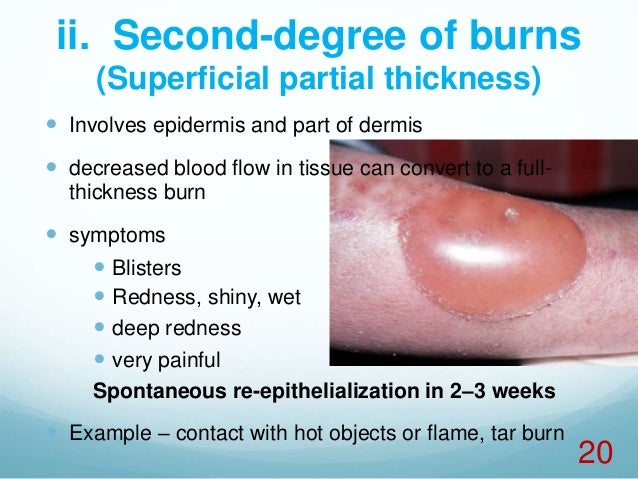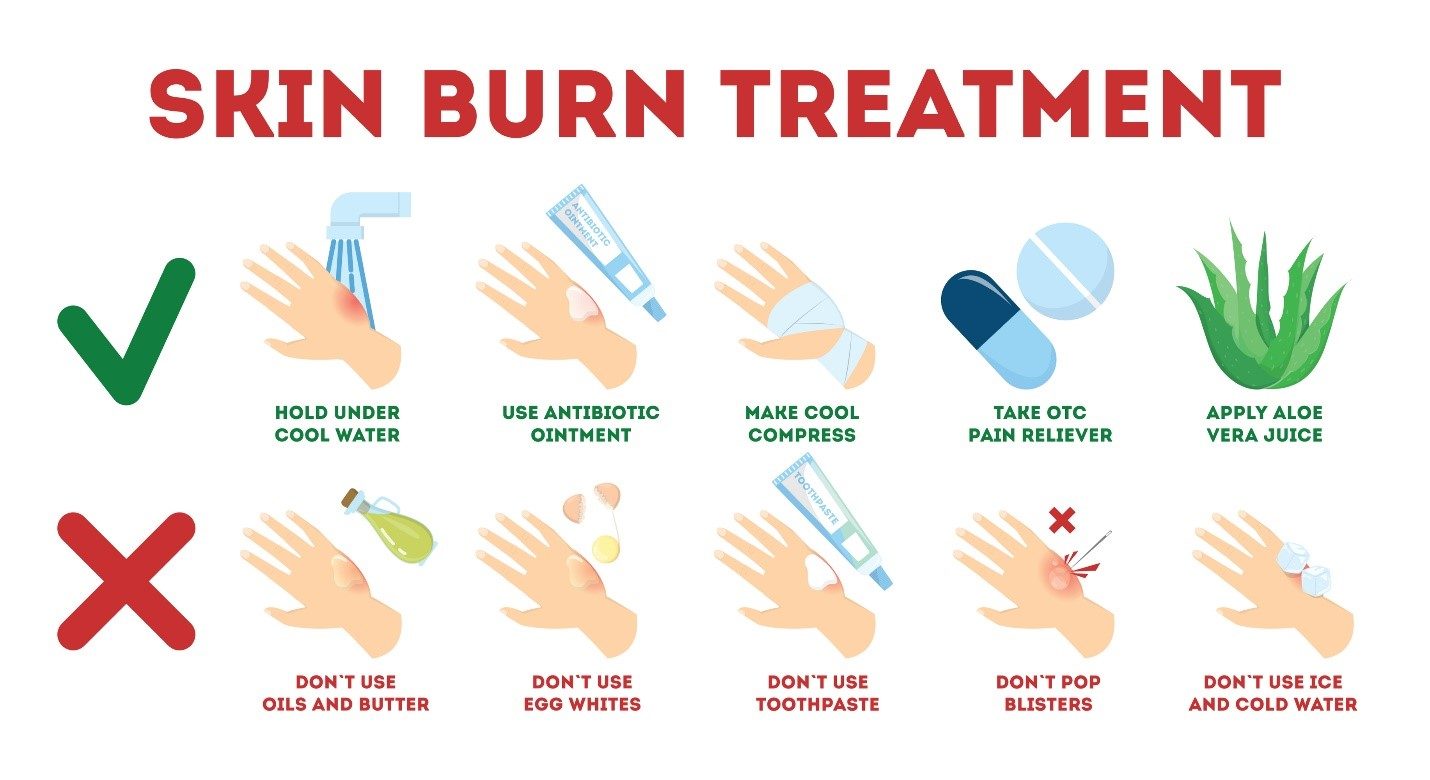

Prolonged contact can cause frostbite and damage your skin. Putting ice directly onto your burn can do more harm than good. You may have been told in the past to apply ice, but don’t. If the burn is causing pain, take an over-the-counter pain reliever.
#FOURTH DEGREE BURN TREATMENT SKIN#
Do not put too much pressure on the skin as it can worsen the pain.

It is important to keep air off the burn and protect blistered skin. Use a sterile gauze and apply loosely over the burn area. Aloe vera is a good moisturising agent that can help provide relief. Next, apply a hydrating moisturiser over the burnt area to prevent it from drying. Remember to remove any jewellery or tight items around the burnt area as the pressure from the items can cause more pain when it starts to swell. If flowing water is not available, apply a cool compress to the area until the pain lessens. Run cool water over the burnt area for at least 10 minutes to cool it down. It is, however, important to know what to do to ensure proper healing and minimal pain. Treating minor burns at homeĪs first-degree burns are usually minor in nature, most of them can be treated at home. Third- and fourth-degree burns require immediate medical attention.įirst- and second-degree burns on the other hand, are considered minor burns and can be treated at home, especially if they are no larger than 3 inches in diameter. Fourth degree: These burns go beyond the skin and can affect tendons and bones.įirst aid should be done as soon as possible upon receiving the burn injury.Third degree: These burns affect all layers of the skin.Second degree: These burns damage the deeper layers of the skin and are characterised by blisters and skin which appears shiny, wet and white in colour.First-degree: Minor burns, also known as first-degree burns, affect only the outer layer of the skin and are characterised by a mild painful burning sensation, redness and swelling.

Severity of burn injuriesīurn injuries can be put into different categories according to their severity, with first-degree burns being least severe and fourth-degree burns being the most severe. This is known as an "ice burn" or "frostbite", and it can cause the skin cells to die if the skin is left exposed to the cold for too long. Cold burnsĪlthough it may seem an oxymoron, the cold can cause burns to the skin too. These burns are a result of exposure to an electrical current or a lightning strike. Strong acids, caustic solvents or strong household detergents can cause the skin to burn upon contact.
/silvadene-cream-overview-4173961-5bb7bcd046e0fb0026aac1a7.png)
Abrasions and carpet burns are common examples. Friction burnsįriction between the skin and a hard object causes the surface of the skin to rub off. Other sources of radiation, such as X-rays or radiation therapy to treat cancer, can also cause the skin to burn. Sunburn is one of the most common types of radiation burn. These burns are a result of exposure to intense heat sources such as hot objects, scalding liquids, steam, explosions and fire. Types of burn injuries and their symptomsīurns can happen for different reasons and are commonly classified as follows: Thermal burns A burn occurs when your skin comes into direct contact with or overexposure to any source of injury, damaging the skin tissue in the process.


 0 kommentar(er)
0 kommentar(er)
